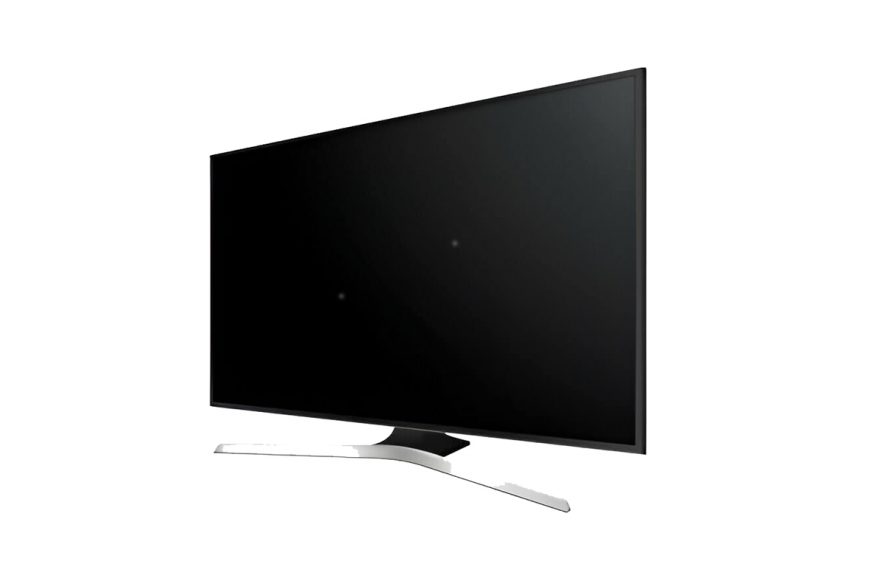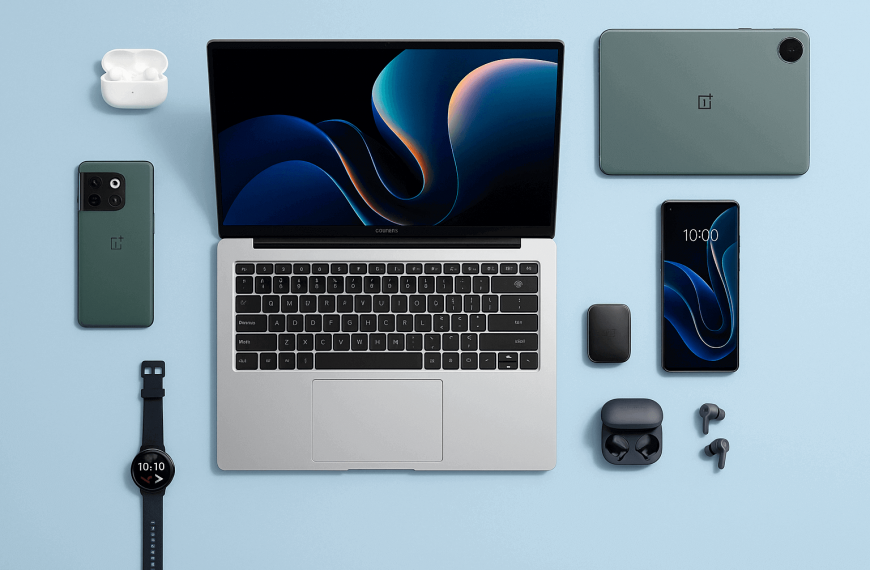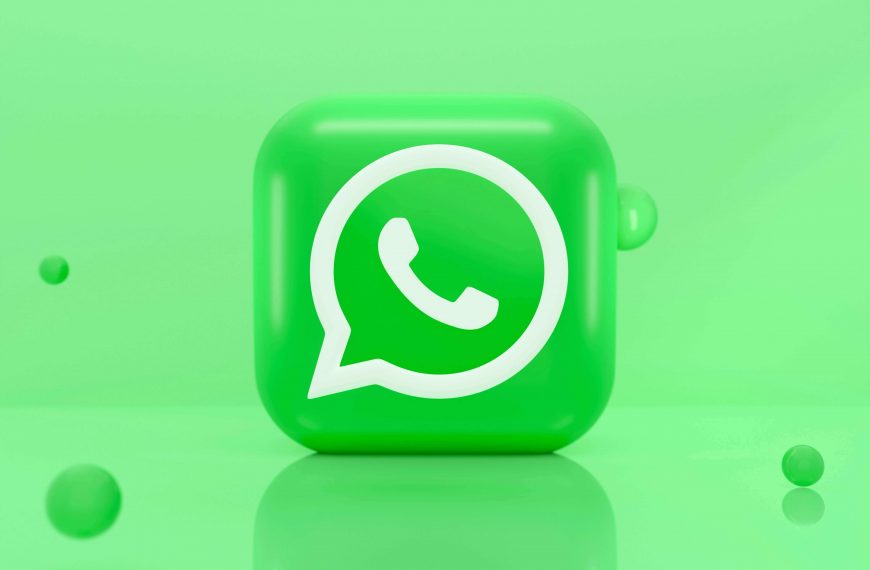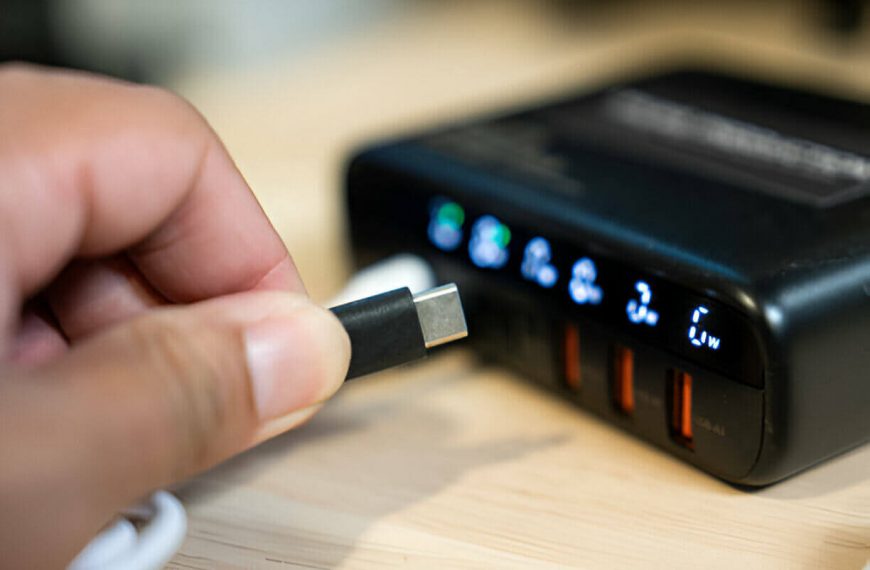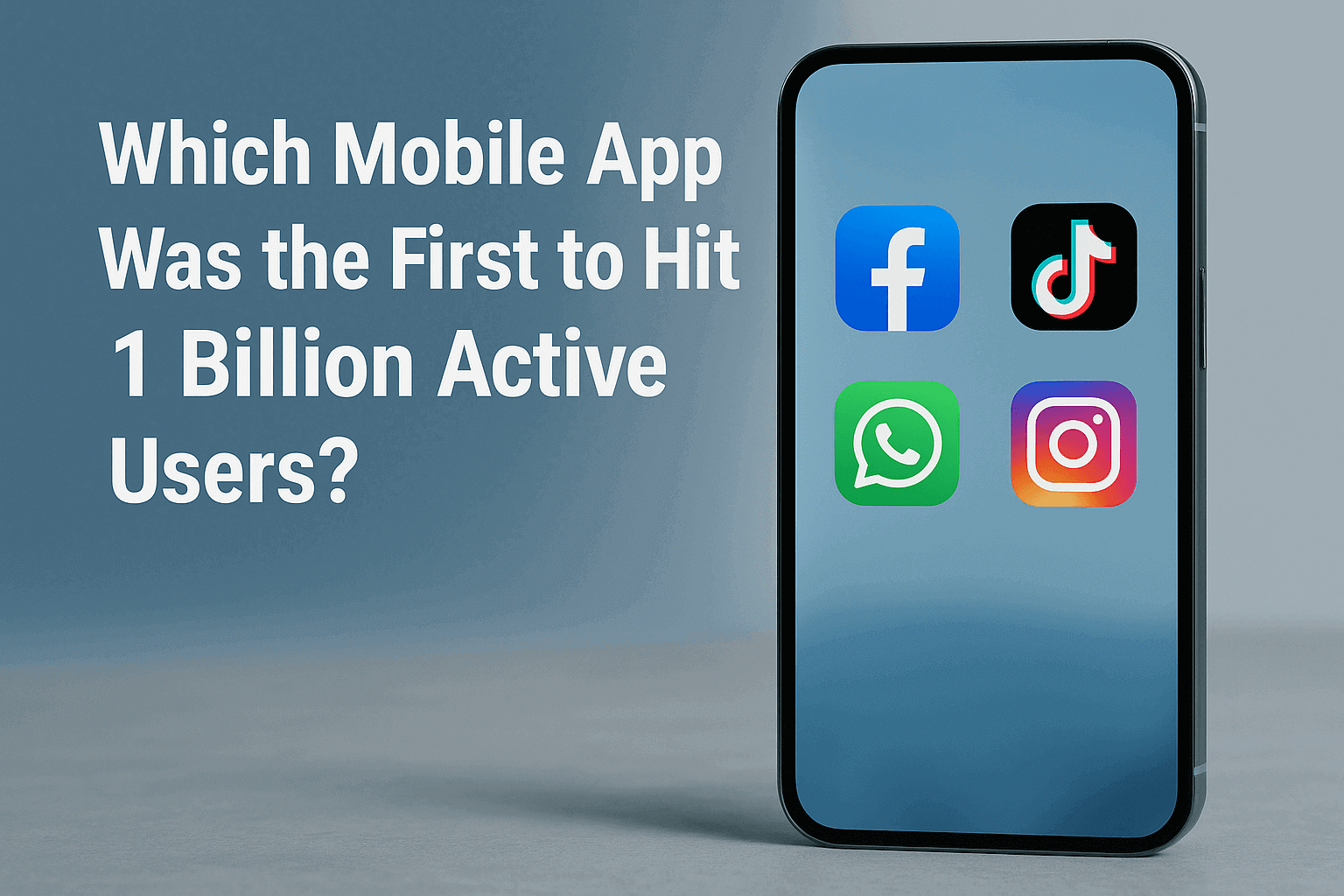
Mobile apps changed our lives after 2008. Millions climbed onboard. But “billion” was a moonshot. A tiny club. One app made it—and it wasn’t a game. It was Facebook.
By October 2015, Facebook’s mobile app had reached 1 billion monthly active users (MAU), as confirmed in its Q3 2015 earnings call. It beat every other app to this benchmark and made billion-user status feel within reach.
MAU vs DAU: What Developers Track
When apps say “1 billion users,” that’s almost always monthly active users—people who logged in or took action at least once in 30 days. It’s different from daily active users (DAU)—those who engaged every single day.
Marketers love MAU for reach; developers watch DAU for retention. For this milestone, MAU was the gold standard.
The Race to One Billion
Facebook crossed the line in October 2015. Let’s compare it to others:
| App | 1B MAU Achieved | Platform Focus |
|---|---|---|
| Q3 2015 | Mobile + Web | |
| Early 2016 (~Feb) | Mobile-only | |
| YouTube | ~2018 | Cross-platform |
| 2020 | Mobile-first | |
| TikTok | Late 2021 | Mobile-only |
Facebook hit its target months before WhatsApp, its most-used sibling. And it did so while operating across desktop and mobile.
Why Facebook Won the Race
Several key factors gave Facebook its edge:
- Built-in Network: Users were already active on desktop. Facebook just shifted them to mobile.
- Heavy Investment: Since 2011, Facebook focused on mobile-first development. It even launched Facebook Lite for weaker networks.
- Global Reach Strategy: They struck deals to lower data costs in emerging countries. That boosted growth outside North America and Europe.
- Feature Bulk: Messaging, stories, pages, marketplace—all inside one app—kept people engaged longer.
User Growth vs. Competitors
Snapchat and earlier platforms like Vine made waves. But none approached the lifetime reach of Facebook.
TikTok eventually crossed 1 billion MAU faster than anyone else, but in a much more crowded space and after Facebook had already cleared the track.
Today, Facebook still leads. WhatsApp joined the 1 billion MAU club by February 2016. YouTube, Instagram, and Gmail follow—but Facebook did it first.
Metrics and Skepticism
There’s always room for debate. Did Facebook count inactive users? Did it count bots? These questions pop up.
Still, Facebook clarified that “active” meant login within 30 days . No phantom accounts. Just real people using the app.
Industry Impact
Hitting 1 billion MAU was more than a trophy moment. It shifted development priorities.
- Developers went mobile-first from then on.
- Benchmarking changed: User milestones became as important as revenue.
- Investor interest grew in apps that promised billions of users, not billions in revenue.
The Landscape Today
Below are apps that have reached over 1 billion MAU:
- Facebook: 3.07 B
- WhatsApp: 2 B
- YouTube: 2.5 B
- Instagram: 2 B
- TikTok: 1.58 B
Facebook still leads, but growth has slowed. TikTok and Telegram are rising fast—proof that the 1 billion club keeps expanding.
What It All Means
Facebook made history on mobile. It set expectations. It proved that apps could reach every corner of the globe. That was when “1 billion users” stopped feeling out of reach.
We often forget how significant that was. Back in 2015, it was groundbreaking. Now, it’s the norm.
Final Take
If you tapped Facebook on your phone in October 2015, you were part of history.
The 1 billion MAU milestone changed app design, marketing, and ambition. And while many have followed, Facebook was the trailblazer here.



